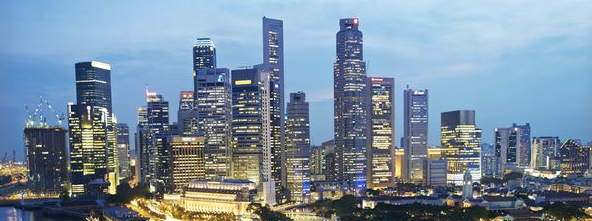Back in 2008 Jim Rogers, who co-founded Quantum Fund with financier George Soros, wrote that ‘Asia is the future’. So at the age of 65 he, his wife, and two daughters packed their bags and moved East - not to China, but to Singapore which is exposed to the Chinese economy and has been described by Rogers as ‘an open and vibrant place to be.’
Indeed, a growing number of investors wanting to gain exposure to the emerging markets have started to target Singapore. In the coming months, Stockopedia will be expanding its data coverage to include Singaporean equities and we have put this guide together to help investors get started.
Why?
Investors that were hoping to invest in an economic miracle may want to take a closer look at Singapore. The tiny city-state does not have much to offer in terms of natural resources, but it was able to transform itself from a ‘third world’ to a ‘first world’ economy in the decades after the second world war. Singapore now boasts amongst the highest GDP and employment levels in the world. The city is also home to second highest number of millionaires by capita in the world. Let’s take a closer look at the factors driving this success story.

The Switzerland of Asia
Commerce is in Singapore's blood. The city was founded in the early nineteenth century as a trading outpost by the East India Company. The island was ideal for trading. Lee Kuan-Yew, the country’s Prime Minister from 1959 to 1990 pointed out that “this is not Jamaica or Bahamas or Fiji. This is a little island strategically placed at the southernmost end of Asia, connecting the sea routes between the Indian Ocean and the Pacific.” The island’s location helped Singapore evolve into a global trading hub - the world’s third-busiest port in terms of cargo tonnage and the fourth biggest centre for foreign exchange.
Vibrant finance and infrastructure industries have sprung up around this commercial hub. Singapore has around 20% of the world market for ship repair and the country’s ports can accommodate around 1,000 ships at a time, including oil tankers as long as three football fields (see here). It is perhaps unsurprising that some of the biggest infrastructure firms in the world, including Hutchison Port Holdings, which until recently was the world’s largest port operator, are listed in…







